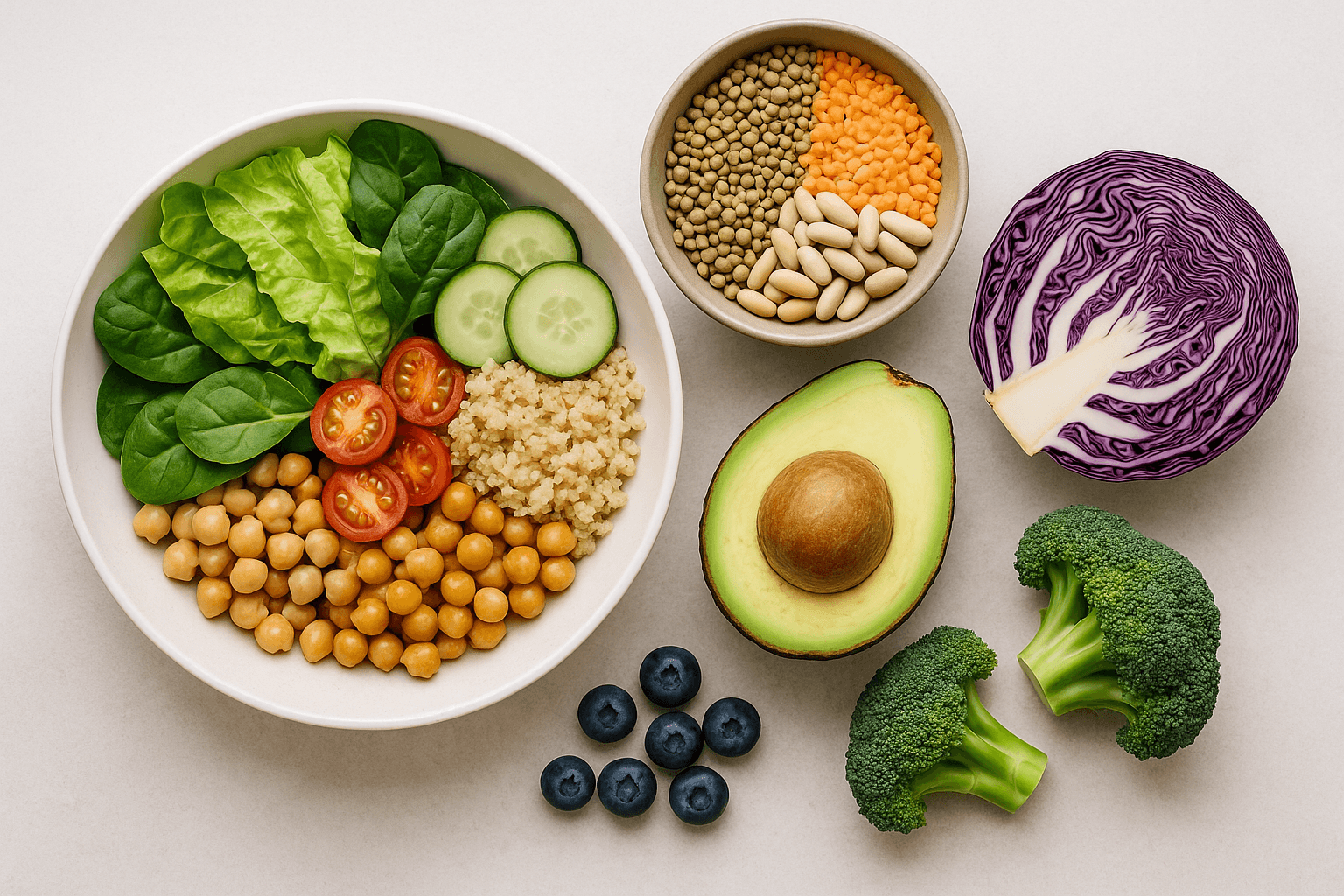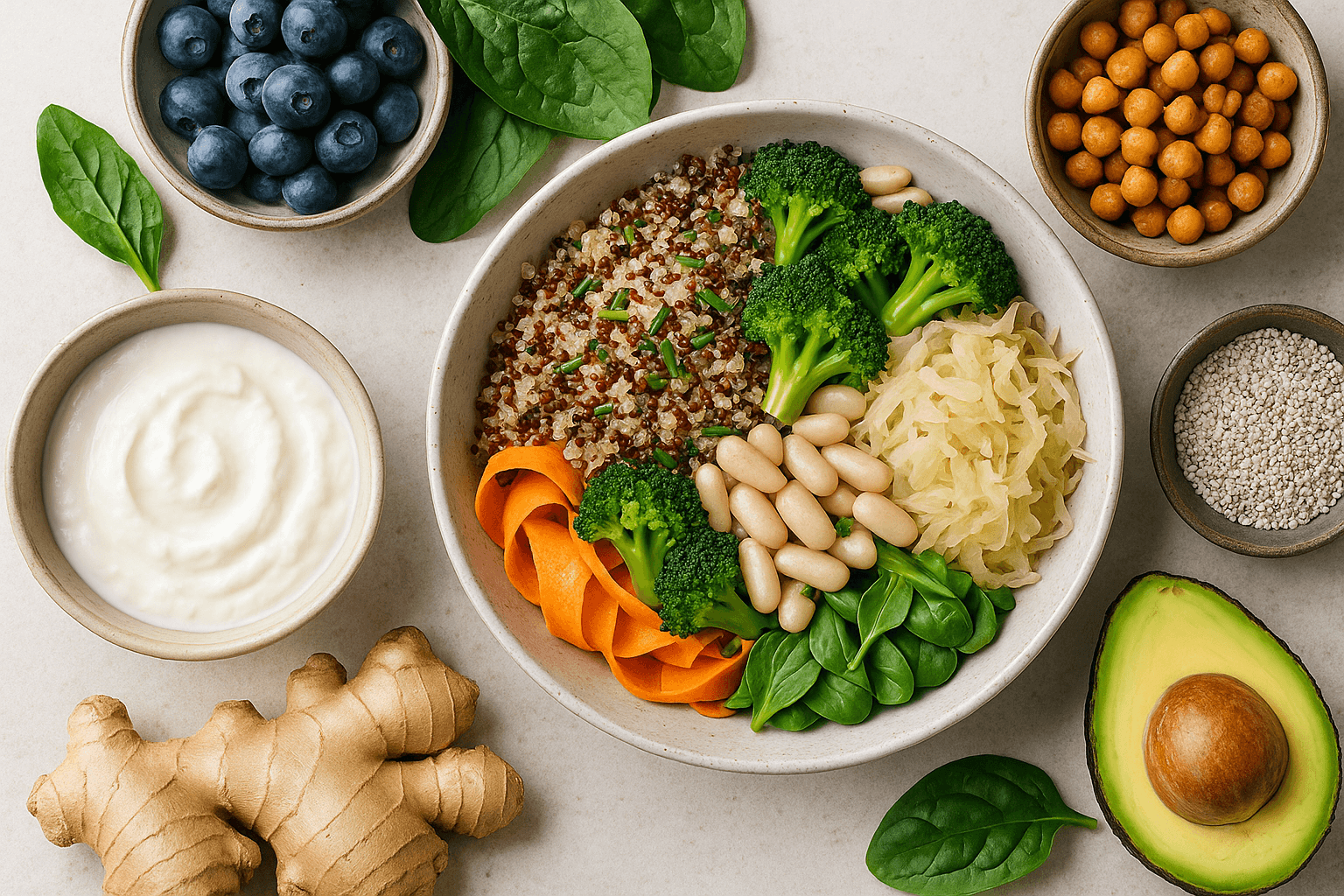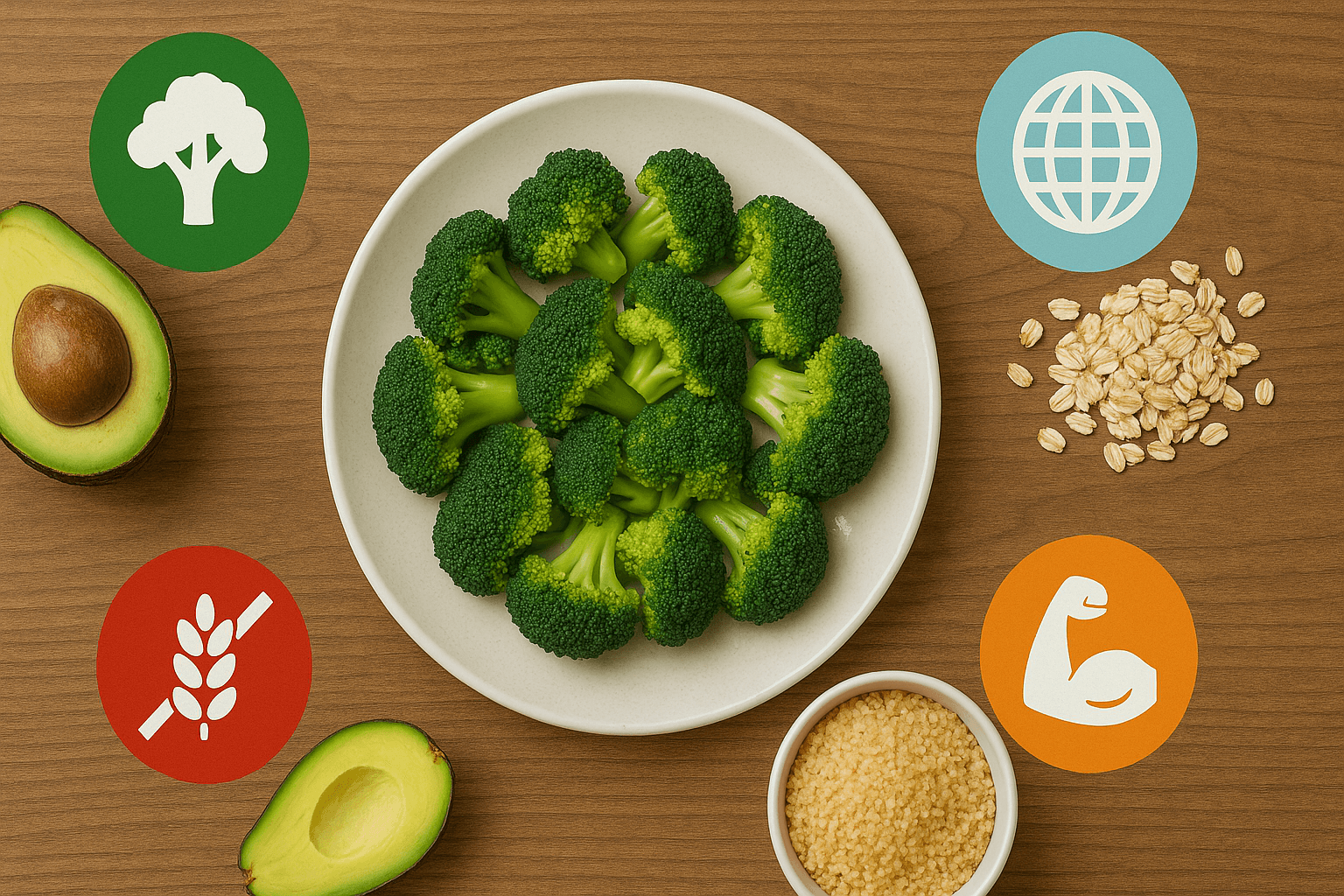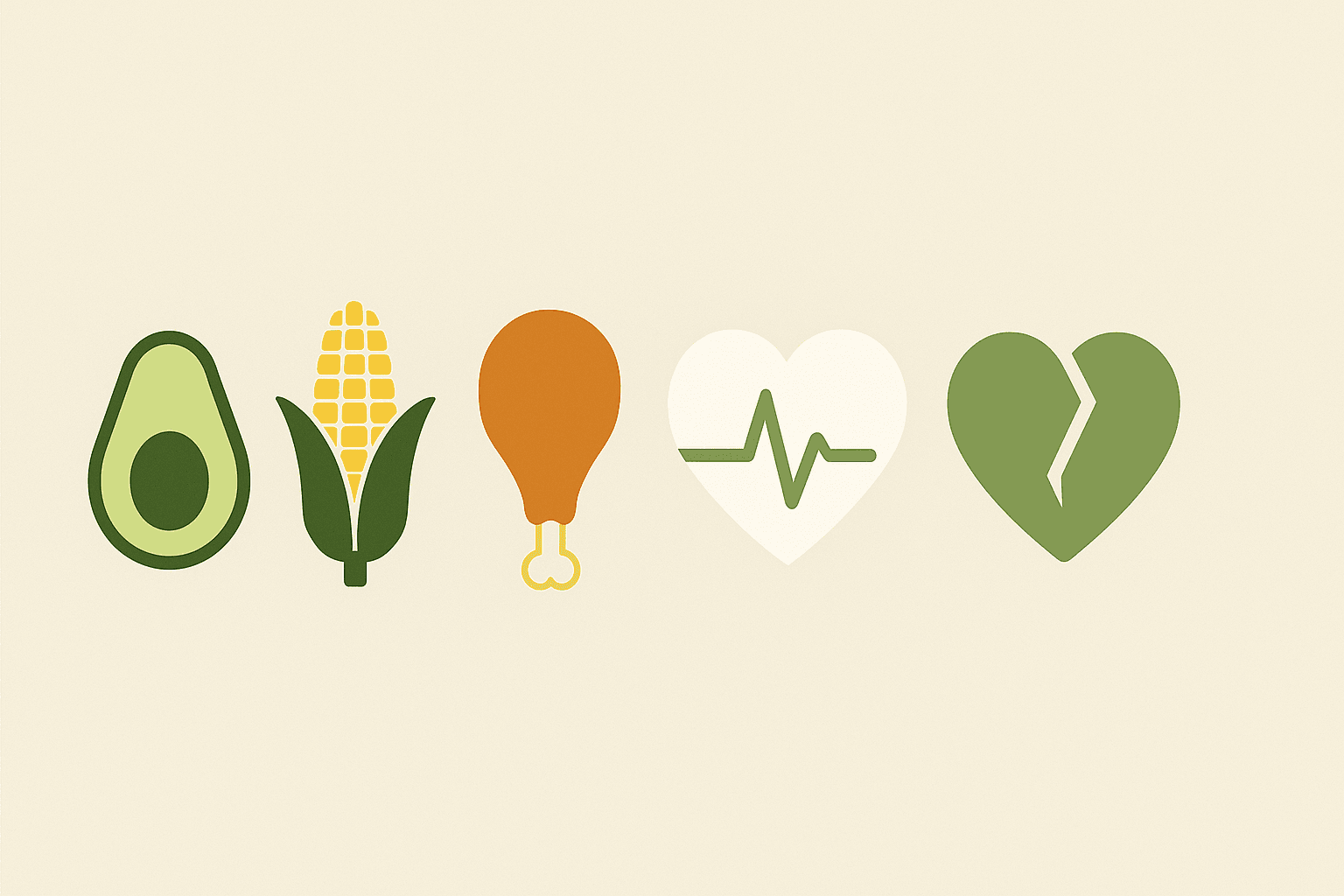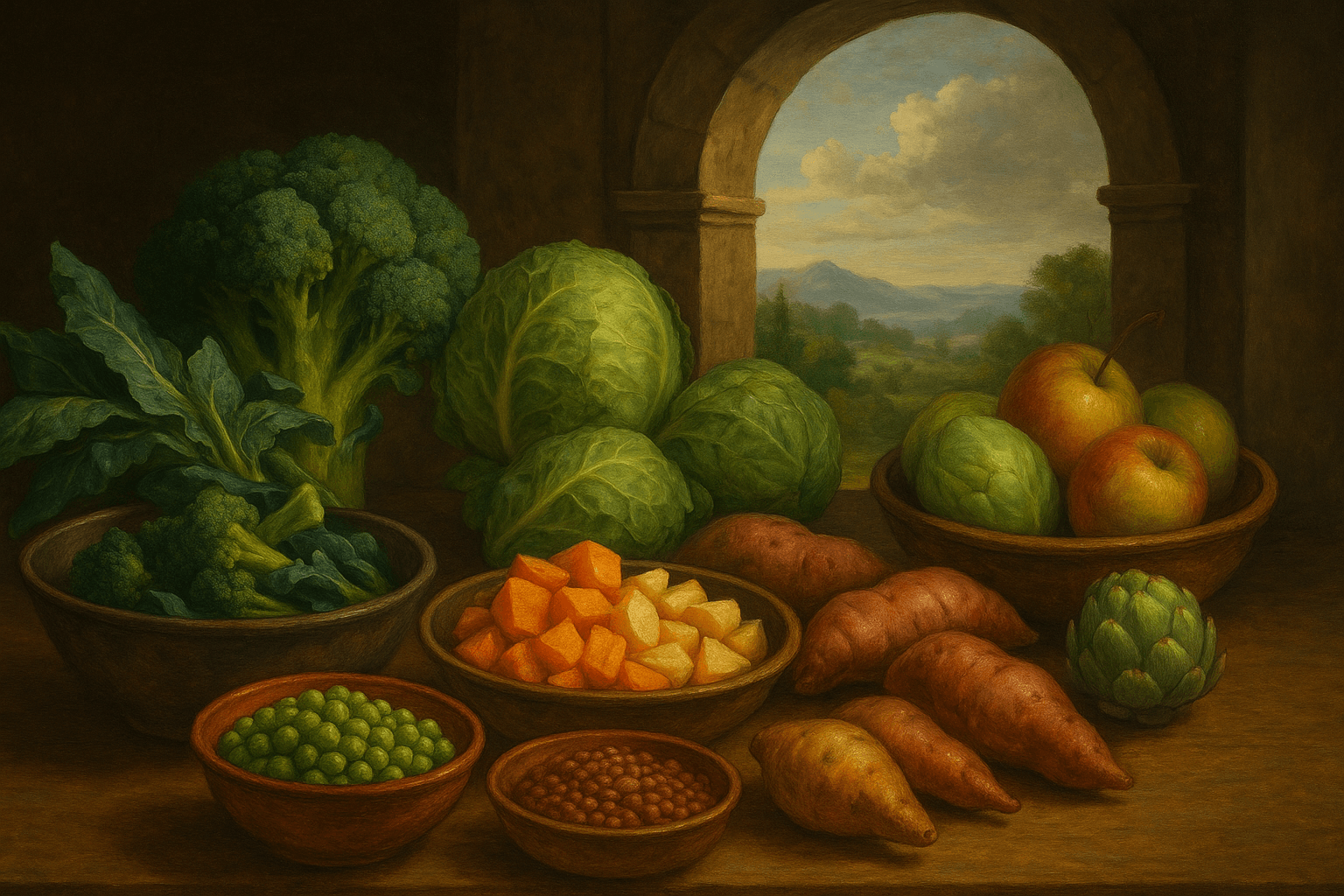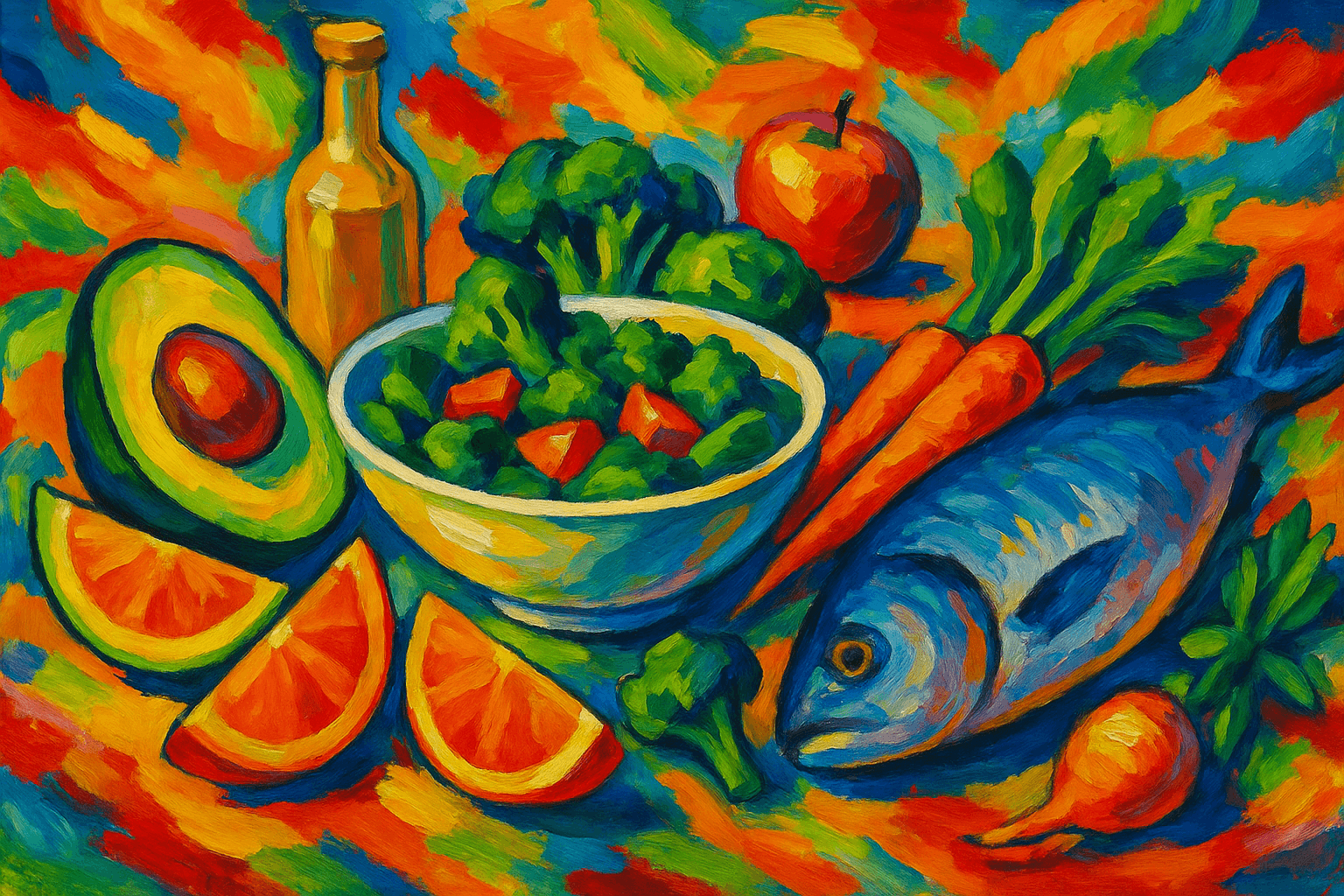Special Diets Decoded: Discovering the Science, Benefits, and Personal Fit of Modern Eating Patterns
Published on July 26, 2025
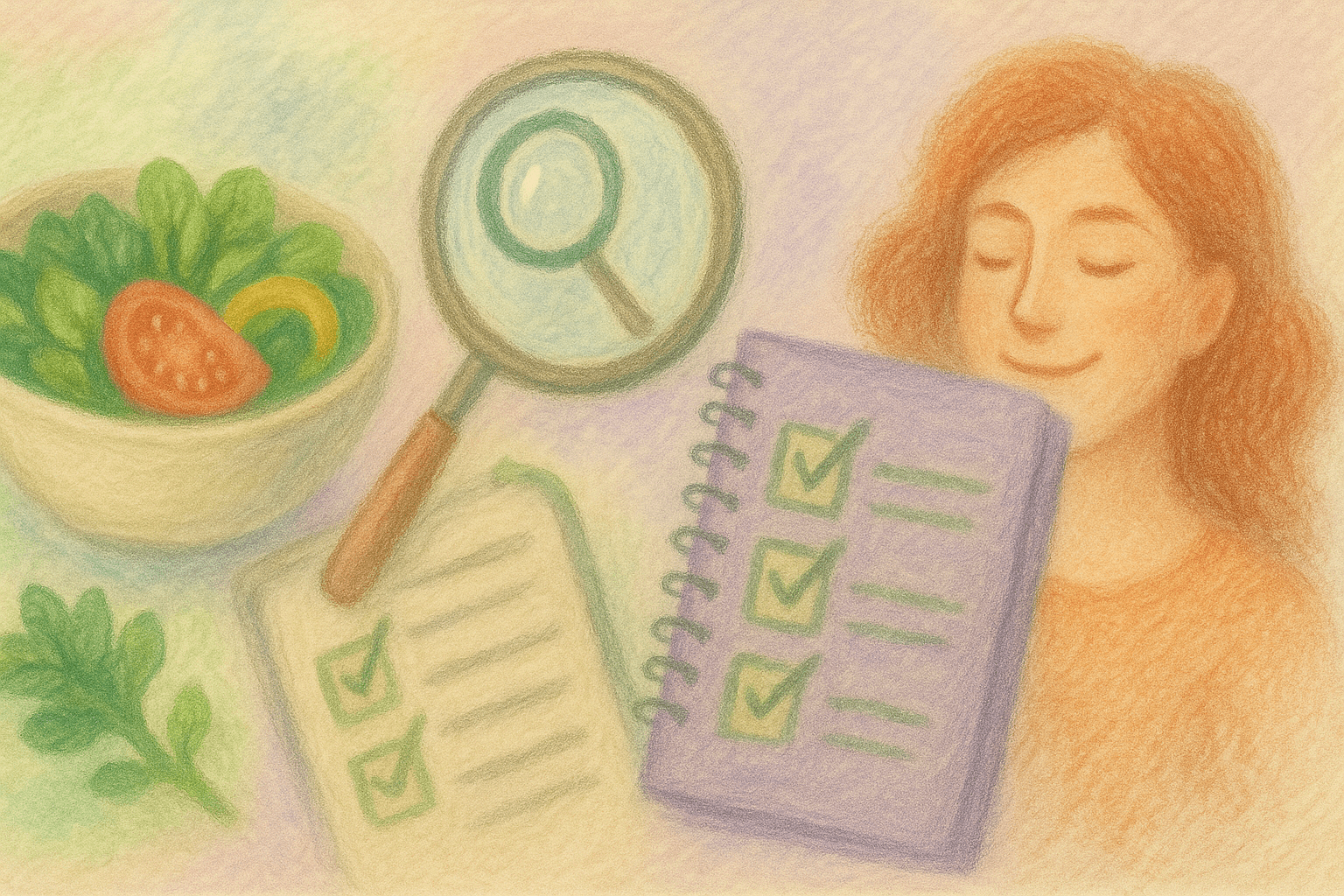
Everyone you know — in the supermarket, on Instagram, in your workplace breakroom — is yapping about a new fad diet. Keto, paleo, Mediterranean, plant-based, intermittent fasting, gluten-free, DASH … the list gets longer every year. And these eating habits inspire endless debate, magazine covers and Google searches. They guarantee weight loss, more energy, less aching and pain, even a longer life. No wonder, then, that so many feel the temptation to dive in, or find themselves bewildered, inundated. With all this racket, how do you know which diet is actually healthy, which is tosh and which — if any — is right for you?
As a science-loving, dietitian enthusiast, I have spent years truthsorting from trend. This I believe for absolutely sure: there is no one-size-fits-all solution, and the magical answer for your friend may make you feel like complete garbage or simply not be sustainable. The truth is that all of this confusion makes it hard to know which diet to follow, but the real “secret” is knowing how to interpret the basics of a diet in order to know what it does, and doesn’t do — and most importantly — figure out how to determine which one is best suited for your particular health, needs and lifestyle. Let’s dissect the various special diets, what they are really about, what you might gain from trying one and what not to expect from any of them — and what the actual keys to long-term success and satisfaction are.
What Makes a Diet “Special”?
A special diet is just any way of eating with explicit instructions or restrictions — for health, medical, weight loss, performance or even ethical values and beliefs. Even if you’re not on a special diet, you’ve probably heard someone extolling one: Keto has blown up thanks to recent science (and social media), while gluten-free diets, an old trend, have found a new lease on life for reasons both real and fake. More important than what it is called is whether the diet is evidence-based, is realistic and feasible for your daily life, and makes you feel and function at your best.
Popular Special Diets: Up Close And Personal
Mediterranean Diet
Often hailed as “the world’s healthiest diet,” the Mediterranean way of eating is as much a lifestyle as it is a diet boasting an emphasis on fresh food, a spirit of sharing, and the joy of conviviality. The emphasis is on vegetables, fruits, whole grains, beans, nuts, olive oil and fish, with small amounts of eggs, dairy and poultry and much less red meat or added sugars. Meals tend to be slow, social and appreciated.
Science:
Decades of research have shown that people who follow this way of eating have a reduced risk of heart attacks, strokes, diabetes, certain kinds of cancer and even depression. It’s associated with living longer, keeping the brain healthy and a happier gut.
Upsides:
The flavors are fresh and wide-ranging. The meals are substantial, and the style can accommodate families, vegetarians or foodies. It subtly nudges you toward home cooking and colorful fruit and vegetables.
Downsides:
Fresh fish, nuts and some out-of-season fruits can be more expensive. It takes some kitchen time and an adventurous spirit, which could be a tough sell for some.
DASH Diet
DASH is short for Dietary Approaches to Stop Hypertension. It’s a plan designed to reduce blood pressure and guard against heart disease. DASH is an acronym that stands for Dietary Approaches to Stop Hypertension, and it keeps fruits, vegetables, whole grains, low-fat dairy, lean proteins and nuts at the center of the plate, while cutting back on sodium, sweets and processed foods.
Science:
DASH routinely ranks as one of the world’s healthiest diets to reduce the risk of high blood pressure and high cholesterol. It’s grounded in solid science, clinical trials and research.
Upsides:
It’s balanced, flexible, and family-friendly. There are no tight controls, and it’s very easy to adapt to taste. You may find that your energy, and your sense of well-being, improves in just a few short weeks.
Downsides:
Reducing sodium can be very difficult, especially if you are accustomed to processed or restaurant foods. For some this may mean learning new cooking skills or becoming experts at reading food labels.
Low-Carb and Keto Diets
Low-carb diets want you to cut back on breads, pastas, sugars and starchy vegetables, while keto goes further — high in fats, very low in carbs, to put your body into a fat-burning state called ketosis. Nuts, seeds, and healthy fats are your friends; protein, non-starchy veggies are everything.
Science:
Studies on these diets suggest they can foster rapid weight loss and better blood sugar control, at least in the short term. Some of those with type 2 diabetes experience dramatic improvements. But the long-term safety and impact are still being studied, and the results can vary greatly from person to person.
Upsides:
It is not uncommon to hear that cravings are minimal, results rapid and guidelines simple. Then there is the satisfaction of not having to measure one’s caloric intake.
Downsides:
They can be hard to stick to, make food that’s meant to bring people together — like going out for tacos, taking a pizza delivery or holding a potluck dinner — difficult and frequently involve eating less fiber (which is good for gut health). The “keto flu” — headaches, fatigue and brain fog in the beginning — is common. You could possibly be missing essential nutrients if you are not careful.
Plant-Based, Vegetarian, and Vegan Diets
Plant-based eating shines the spotlight on vegetables, fruits, beans, grains, nuts and seeds. Vegetarians eat dairy and eggs; vegans do not eat any animal products. Environmental and ethical concerns are usually part of these diets.
Science:
Those who eat more plant-based foods have less risk of heart disease, cancer, obesity and type 2 diabetes. Such diets are rich in fiber, antioxidants and other protective plant compounds.
Upsides:
You will probably be more energetic, and both your gut (the extra fiber helps!) and your meals (creative! colorful!) will be grateful. These are also the most ecologically sustainable diets.
Downsides:
Vegans in particular need to make sure they are getting enough protein, B12, iron, calcium and omega-3 fatty acids. It requires some planning, especially in the beginning, and processed vegan foods (cookies, fries) can slip in under the radar if you’re not paying attention.
Gluten-Free Diet
A gluten-free diet eliminates wheat, barley and rye — a godsend, obviously, for anyone with celiac disease, or with genuine gluten sensitivity. Gluten-free is now big business, with everything from bread to beer.
Science:
For those who have celiac, a gluten-free life is life-giving and life-saving. But for the average person, there’s scant evidence that giving up gluten will make you healthier, and as I wrote in a recent Ask Well column, purchasing gluten-free products in packages may mean you are inadvertently eating foods lower in fiber and higher in sugar or fat.
Upsides:
It’s easier than ever to find gluten-free products (I’m especially thinking of snack foods, but things like gluten-free pancake mix and pasta), and plenty of “normal” foods — hello, rice! — are inherently gluten-free and are some of the healthiest staples possible.
Downsides:
Such products can be costly, social eating can be complicated, and it is worth keeping an eye out for unhealthy ultra-processed gluten-free snacks.
Paleo Diet
The paleo diet centers on eating like our ancestors: meats, fish, eggs, vegetables, nuts, seeds, fruits. And it eliminates grains, beans, dairy and processed foods. The idea is to concentrate on real, whole foods.
Science:
Others report feeling more energized, losing weight or having fewer cravings for processed food. Research is still young — not a lot of data exists yet in those who test long term.
Upsides:
It eliminates most processed foods, promotes more mindful eating, and can help you pay more attention to feelings of hunger and fullness.
Downsides:
It can be limited, more costly and you’ll be depriving yourself of healthy foods such as beans and whole grains. Social situations may be more complicated to navigate, and meal planning is more time consuming.
Intermittent Fasting
This is not about what you eat, but when. Some typical forms of fasting are to fast for 16 hours (including while you sleep) and eat during an eight hour window or to do very low-calorie days a couple of times a week.
Science:
Intermittent fasting could support weight management, lower blood sugar and inflammation, and establish rhythms that work for some people. More research is still necessary to learn what its effects might be long term.
Upsides:
There’s no such thing as “forbidden” food, and it can remove decision-making. Some people end up eating less without feeling deprived.
Downsides:
It can complicate social eating, isn’t appropriate for some people (including kids, pregnant women and people with a history of disordered eating) and can result in overeating or stress during eating periods if it’s not well balanced.
Low-FODMAP Diet
Created for people with irritable bowel syndrome (IBS), this short-term diet eliminates some carbs, which ferment in the gut, and then reintroduces them, to identify which provoke symptoms.
Science:
This system, when practiced under the guidance of professional, is one of the best IBS treatment plans. It can help with bloating, discomfort, and other digestion issues big time.
Upsides:
Done properly, it’s life-transforming for folks with touchy guts.
Downsides:
It’s restrictive, complicated and not designed for the long term without some guidance, for it can deplete the population of health-promoting bacteria in the gut if it goes on too long.
How to Find the Best Special Diet for You
The best “diet” is a way of eating that enables you to be healthy, fit and energetic and includes foods you love, that fits with your daily life, and that also brings you joy — not just short-term results.
Consider your goals: Are you working toward better energy, better temperature in the labs, weight to maintain or a health condition to manage?
Consult a pro: Check in with your physician or dietitian if you have medical issues, are pregnant or seek drastic changes.
That’s actual science: Pick eating styles based not on internet hype but on known data.
Make it sustainable: If you can’t imagine eating this way a year from now, consider finding a better fit.
Listen to your Body: How do you feel? Energized, satisfied, happy? Or tired, stressed, and deprived? Use your own experience as your guide.
Closing Thoughts - Food Freedom And What Comes After The Fads
There is no one-size-fits-all diet. The healthiest people are those who discover a way of eating that saves and sustains both their body and soul — one that is boring enough to survive but is delectable enough to enjoy; one that fits their life, supports their values and meets their needs; and feels satisfying, not stressful. Experiment, explore and allow yourself to change as life changes. It’s not about being strict and never allowing yourself treats, or about feeling guilty when you enjoy them; rather, it’s about enjoying the process, relishing variety, and developing habits that will help you feel your best for years. When you eat in a way that serves your particular needs, every meal is an homage to health and life.



